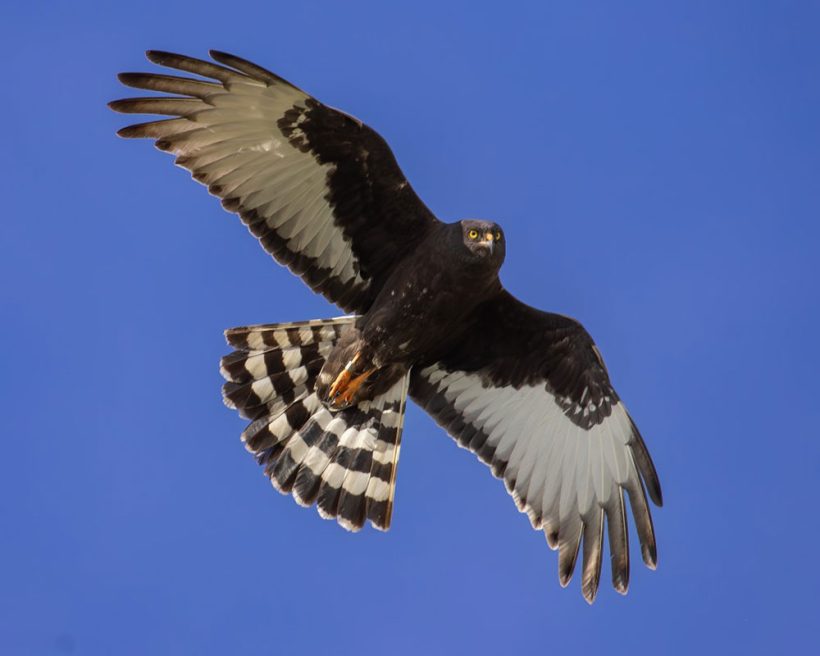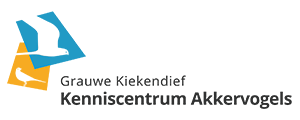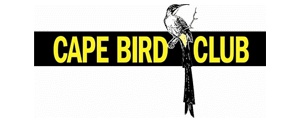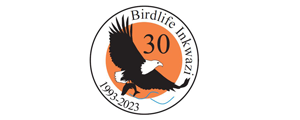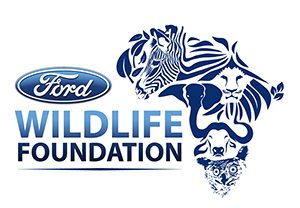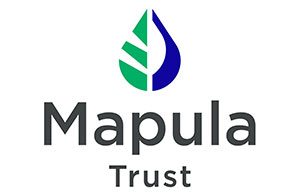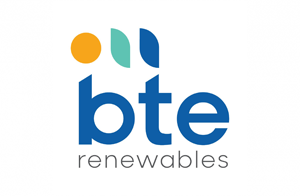The Overberg Renosterveld Conservation Trust managed to tag four Black Harriers in just three days in November. This was a great outcome for the Trust, following a few failed attempts in October – which could have been as a result of the September storms and the delayed breeding observed in many pairs.
According to Director Odette Curtis-Scott, the breeding spots for Black Harriers in the Overberg are now simply teeming with life. “Our Overberg breeding hotspots are packed full of harriers. These birds never cease to amaze and confuse us!”
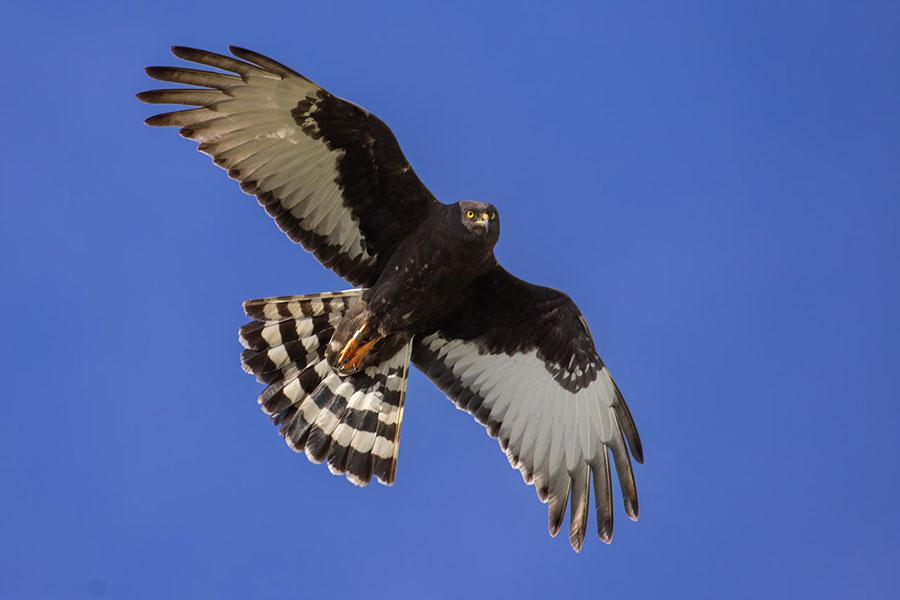
However, attempts to tag Black Harriers in October proved unsuccessful, with some concern that many of the birds had lost their nests following the flooding event in September. The major storm could have set the birds back by a month or two, with Black Harrier pairs having to rebuild their nests and lay eggs later than usual. Alternatively, the entire season may have been delayed because of the exceptional later summer and winter rains experienced this year.
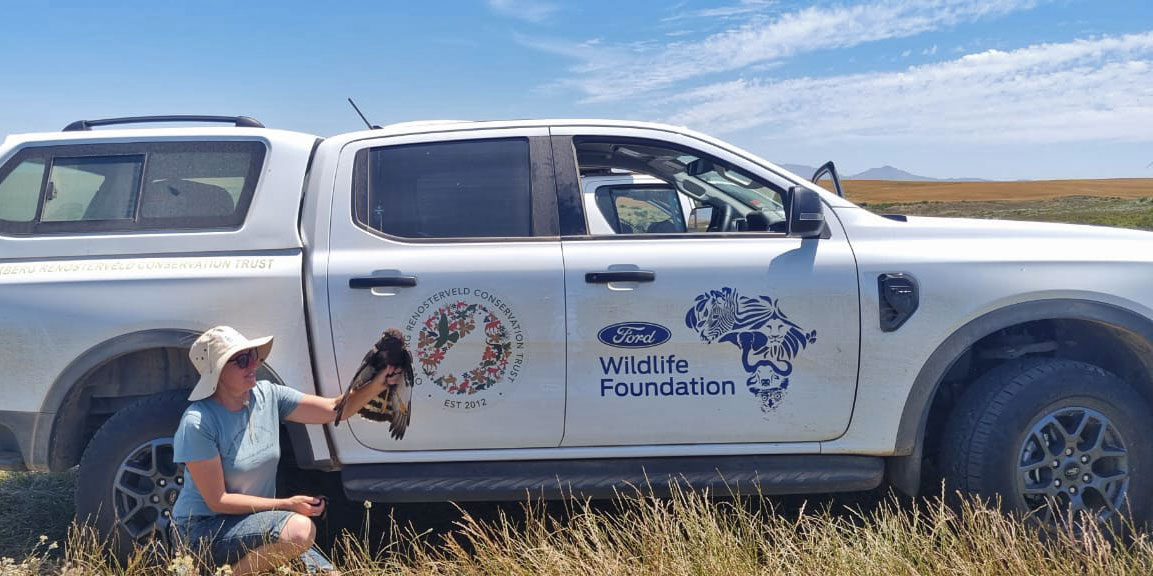
Learning more about this secretive species
The ORCT is tagging Black Harriers in order to learn more about these secretive – but very threatened birds – and the key factors which are influencing their survival. There are only around 1 300 individuals left in the world, with the population declining every year as they are impacted by human activities, from habitat loss to wind turbines. Experts predict that, based on modelling, Black Harriers could be extinct in just 75 years.
In 2022, the ORCT ran a campaign to raise funds for GPS tags, which are placed on the birds to track their movements. Through the Back A Buddy campaign, the Trust raised sufficient funds to buy nine new tags. These tiny units each weigh just 9g and are powered by their own little solar panels.
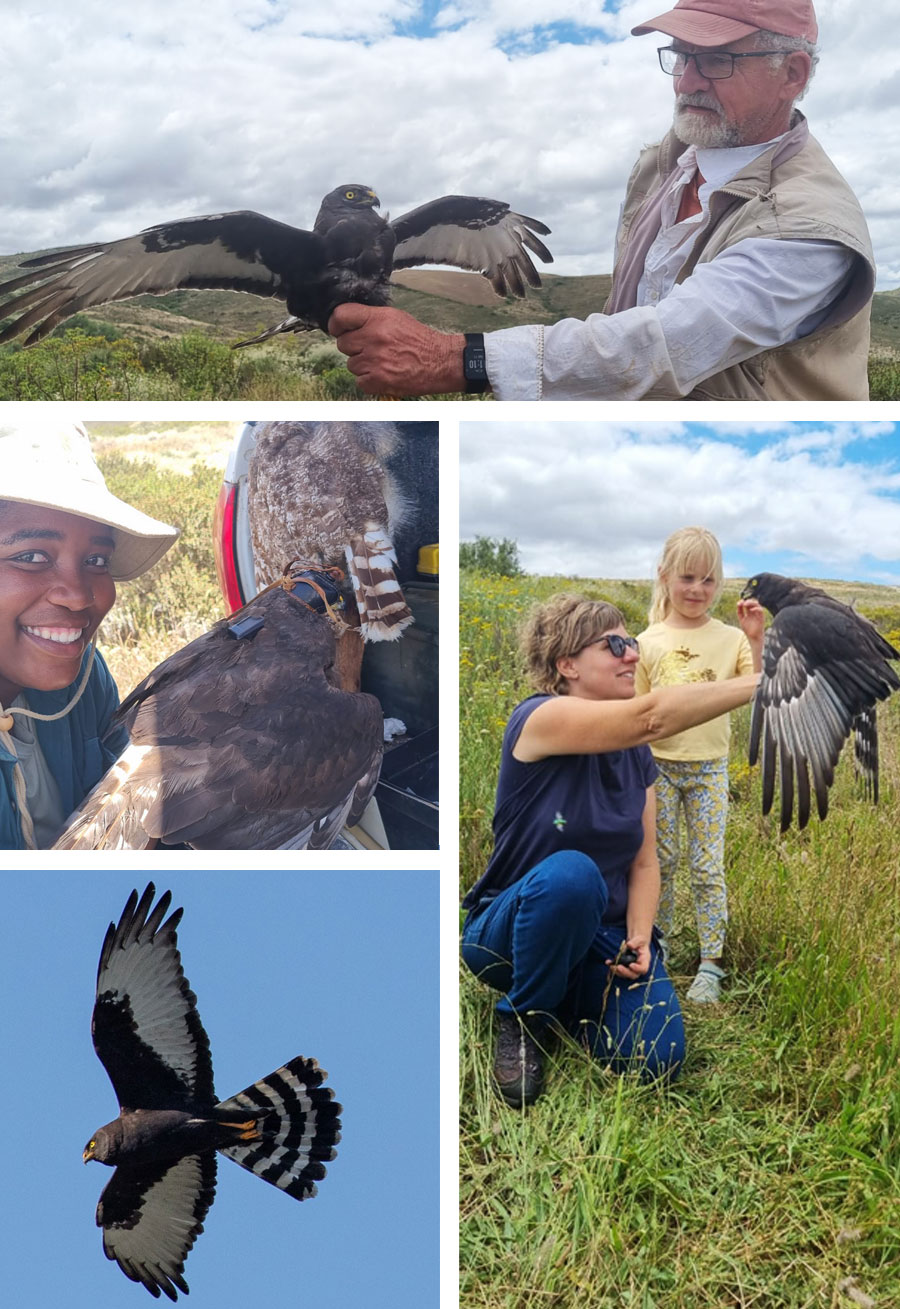
We are already learning so much from the 10 birds we have tagged so far. Odette says, “We can see that several of the Black Harriers that we tagged at breeding sites in the Overberg last year have not returned to the same areas this year. They have spread out and are breeding in the Klein Karoo, the Eastern Cape and the Riversdale area.”
She says, “We have now managed to trap and tag four new breeding adults, with these individuals therefore adding considerable data to research, to help us better protect them.”
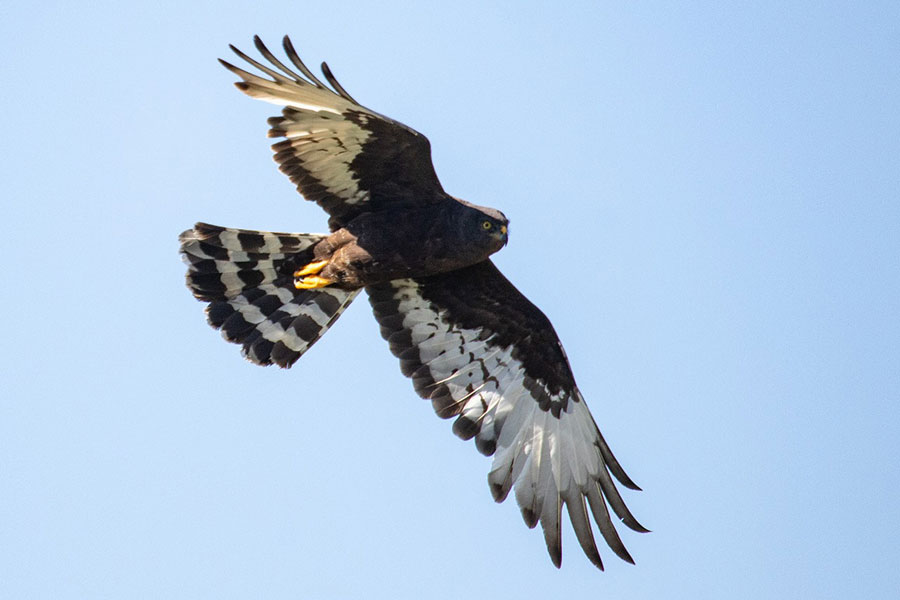
The four have been named:
- Jules (female, named by the Dutch Montagu’s Harrier Foundation who sponsored a tag)
- Peter (male, after the renowned Peter Steyn, by the Cape Bird Club, who sponsored two tags)
- Kwezi2 (male, named by the Inkwazi Bird Club, who sponsored a tag) and;
- Molly (female, named after Odette’s five-year old daughter, who was there for the special tagging occasion).
Odette says, “This serves as a vital reminder of the next generation who will thank us for our efforts to protect these magnificent creatures.”
The ORCT is extremely grateful to these organisations for supporting the purchase of the GPS tags, that are teaching us so much about Black Harrier movement: Dutch Montagu’s Harrier Foundation, the Cape Bird Club and the Inkwazi Bird Club.
We would also like to thank ORCT partner, Dr Rob Simmons for his help with trapping and tagging the birds. Odette says, “We still have several tags to fit, so watch this space…”
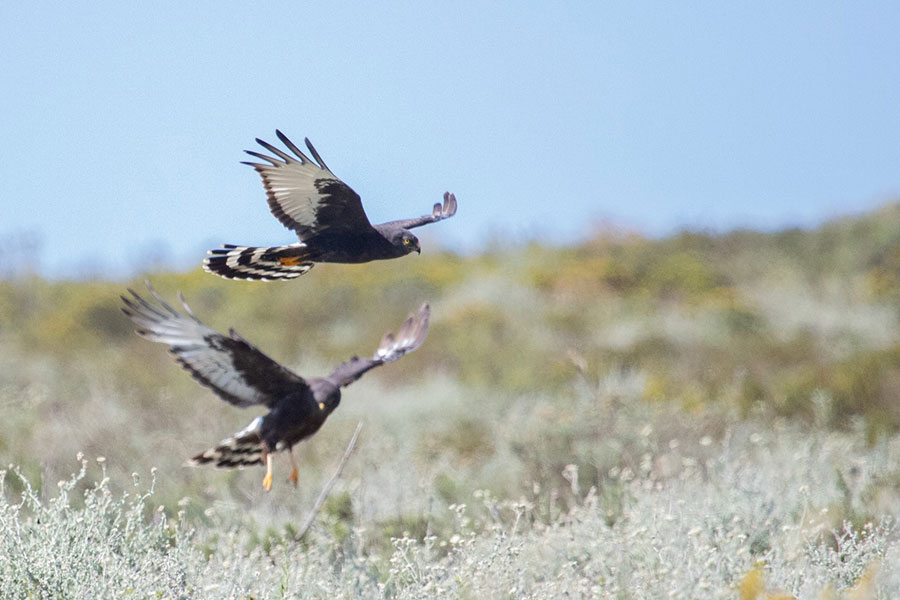
Our sincere thanks to WWF South Africa, the Hans Hoheisen Charitable Trust, the Mapula Trust, BTE Renewables and the Ford Wildlife Foundation for their ongoing support to the ORCT.

